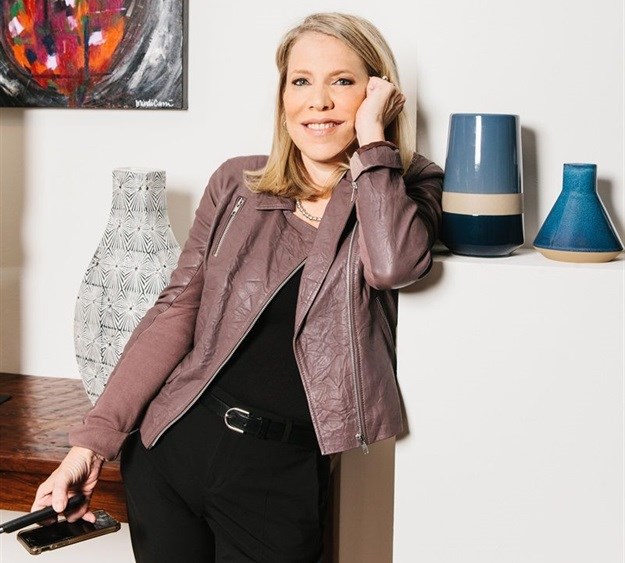#BizTrends2019: Facebook is the dial tone, not the message

Salzman is concerned that we’re asking Facebook to be something it’s not.
In the old days, the dial tone that the phone company provides was never held responsible for the message. So if I called someone and said, “I’m going to murder you,” and then followed through, the case would remain that I’m the murderer, not the phone company through which the call was made.And yet, we’re asking our platforms to be something they’re not, while in turn our platforms are asking to be something they’re not, and we’re also asking our influencers to be something they’re not.
Remember that the social media platform is just the dial tone, not the actual message.
“But the question is, where do the Kardashians fit into the conversation?" Salzman said, taking a different angle.
Influencer marketing: Cloudy, with a chance of Kardashians
Are the Kardashians influencers or are they a media property? That’s where things get cloudy, when you rise to that level of influence.
Salzman said the problematic influencers are those who brag about their follower numbers:
I have 20,000 followers, yet I can’t even get people in my own house to pick up their dirty dishes.That’s what makes her nervous for marketers. We’re doing something we’ve never done in the past. Before it was all about ‘cost per thousand’, but we seem to be missing standard measurement tools around social marketing.
We need to be clearer on why we put our money in a specific platform, and how our money is delivered in order to better understand what we can expect next.
Consumers become media, media becomes marketers
Another problem modern marketers face is that media agencies are becoming marketing agencies.

Salzman calls this a super trend of blurring. Every day people are becoming media, and media is becoming more of a marketing platform in a continuum of blurring.
This means that as a marketer, you need to take a step back and say, “Here’s my message. Here’s what I need to get out. Here’s who I think is going to be the best transmitter.”
It could be a person, it could be a stereotype – and while the term ‘stereotype’ sounds like a negative thing, it’s still a way to target a cluster.
Editorial content that comes with a byline still has the most credibility, because even if you hate what I say, you can see that I’m a real person, so you have an outlet for that hate.
Salzman says, “In the world I grew up in, the journalism and marketing departments at a media outlet were so separate. Then came the advertorial phenomenon, and now advertorial is the new editorial, and editorial is all about amplification.”
Amplify, amplify, amplify
Most of us know how to reach 2,000 people, but what if you want to reach 2m people? We need to decide on an amplifier to spread the message across other platforms.
Ultimately, we use social media to amplify the message. But you can take that message and further amplify it to give it a lift, through the likes of Outbrain. That’s really the bigger social play. Good editorial these days is being paid to be served, so if the algorithms are strong enough, you’ll see the content.That’s where Salzman predicts the big marketing plays of 2019 will take place.
Also read Salzman’s broader trends for SA and the world in 2019:






























